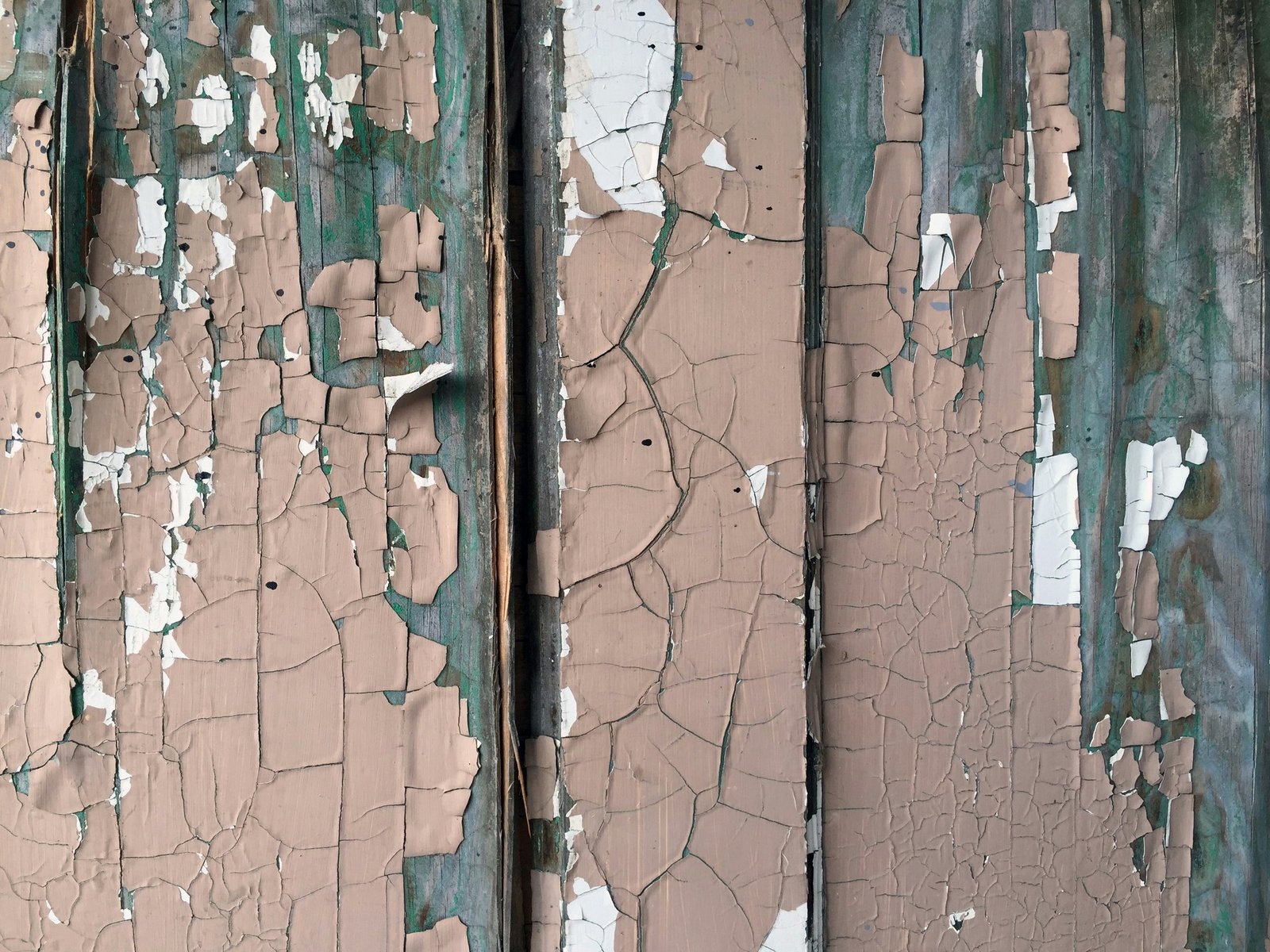Common Door Problems and Their Causes
Doors play a crucial role in home security and functionality, but they can develop problems over time. Identifying these issues early can help prevent costly repairs. Here are some of the most common door problems homeowners face:
1. Difficulty in Opening or Closing Doors
One of the most frequent door issues is difficulty opening or closing the door. This can result from:
-
Swelling due to humidity – Wooden doors can absorb moisture and expand.
-
Obstructions in the door frame – Dust, debris, or even a poorly fitted carpet may block smooth operation.
-
Faulty or rusted hinges – Hinges that are worn out can affect the door’s movement.
-
Warped door frames – House settling or temperature fluctuations can lead to frame misalignment.
DIY Fix:
-
Inspect the door frame for visible obstructions and remove them.
-
Use a lubricant on the hinges to reduce friction.
-
If swelling is the cause, sand down the edges and apply a sealant to prevent future expansion.
2. Misalignment Issues
A misaligned door can cause drafts, security risks, and poor insulation. Misalignment can occur due to:
-
House settling over time
-
Loose or worn hinges
-
Incorrect door installation
DIY Fix:
-
Tighten all hinge screws and check if the door sits correctly in the frame.
-
Use a measuring tape to assess the gap between the door and frame.
-
If necessary, adjust the strike plate to allow proper latching.
3. Door Material Damage
Over time, doors can suffer from scratches, dents, and rot, especially wooden doors exposed to moisture. Rot or mold weakens the structure and affects the aesthetic appeal.
DIY Fix:
-
For scratches and dents, apply wood filler or sandpaper to smooth the surface before repainting.
-
If rot is present, cut out the affected section and replace it with new wood, sealing it properly.
-
Consider upgrading to weather-resistant materials to enhance longevity.
Types of Door Locks and Common Problems
Door locks are essential for security, but they are prone to malfunctions. Understanding the most common issues can help in maintaining home safety.
1. Deadbolt Issues
Deadbolts are one of the most secure types of locks, but they can become jammed due to:
-
Misalignment between the lock and strike plate
-
A broken key inside the lock
DIY Fix:
-
Clean the lock using a graphite-based lubricant.
-
Adjust the strike plate to ensure proper alignment.
-
If a key breaks inside, use lock extraction tools or seek professional help.
2. Knob Lock Malfunctions
Knob locks are commonly used in residential settings but can suffer from:
-
Lock spinning freely without engaging
-
Internal components wearing out
-
Loose screws causing misalignment
DIY Fix:
-
Tighten all screws on the lock and door plate.
-
If internal components are worn out, replace the locking mechanism.
-
Adjust the strike plate for a secure fit.
3. Electronic Lock Failures
Smart locks and electronic locks offer convenience, but they come with their own challenges, including:
-
Battery failure
-
Software glitches
-
Unresponsive touchpad or fingerprint reader
DIY Fix:
-
Regularly replace batteries to avoid power failure.
-
Reset the lock by following manufacturer instructions.
-
Keep the software updated to prevent glitches.
DIY Repair Techniques for Doors and Locks
Homeowners can handle many door and lock repairs without professional assistance. Below are some quick solutions:
1. Fixing Squeaky Hinges
A common annoyance is squeaky door hinges caused by friction and rust.
Solution:
-
Apply a lubricant like WD-40 or petroleum jelly.
-
Open and close the door several times to evenly distribute the lubricant.
2. Repairing a Sticking Door
A sticking door can be due to humidity or misalignment.
Solution:
-
Sand down swollen areas and apply a sealant.
-
Check hinge screws and tighten them.
-
Adjust the strike plate if the latch isn’t engaging properly.
3. Troubleshooting Lock Issues
If a lock is stuck or difficult to turn:
-
Lubricate the internal mechanism with graphite powder.
-
Check for loose screws and tighten them.
-
If the issue persists, replace the lock cylinder.
Preventative Measures and Maintenance Tips
Taking preventative steps can prolong the lifespan of doors and locks, reducing repair costs.
1. Regular Inspections
-
Check for loose screws, rust, and misalignment every few months.
-
Examine door seals to prevent drafts and water damage.
2. Lubricate Hinges and Locks
-
Use a graphite-based lubricant for locks instead of oil-based products.
-
Apply lubricant to hinges to prevent squeaking and rust buildup.
3. Upgrade to Quality Hardware
-
Invest in high-quality locks from reputable brands.
-
Consider weather-resistant doors to reduce wear and tear.
Conclusion
Maintaining doors and locks is essential for home security and functionality. By addressing common issues early, applying DIY repair techniques, and following preventative measures, homeowners can enhance the durability and safety of their homes.

